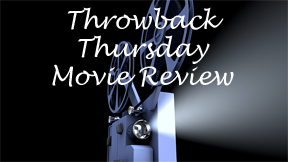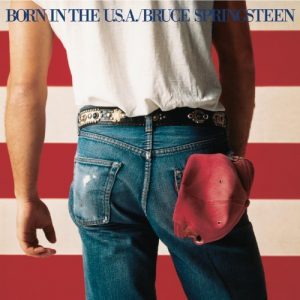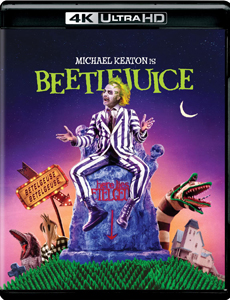There’s much to admire about “Beetlejuice’s” (1988) historical significance. Tim Burton was becoming Tim Burton, Michael Keaton was becoming Michael Keaton (“Batman” followed one year later), and Winona Ryder was becoming Winona Ryder. It’s an amusing cliché now to see her character, Lydia, in a goth wardrobe, vaguely suicidal and curious about the afterlife, but it was fresh at the time.
Today, “Beetlejuice” is still idiosyncratic (although there’s now a legacy sequel, “Beetlejuice Beetlejuice”), and I admire it in the abstract. But I’m not a huge fan of farcical whimsy, and this movie is all farcical whimsy. There are no stakes in the throw-it-at-the-wall screenplay by Warren Skaaren and Michael McDowell. Some people find this structure (or lack of structure?) refreshing; I find it contrived, untethered and tiring.
Death is a lot like life
A couple of stars at peak hotness, Alec Baldwin and Geena Davis, play a happy couple – Adam and Barbara — stay-cationing in their rural home. Then … cue record-scratch … they are killed in a single-car accident. But Burton doesn’t play it as a record-scratch moment. The lack of impact is purposeful and sets the tone: Adam and Barbara are dead, and that simply means they have a new set of logistical challenges.

“Beetlejuice” (1988)
Director: Tim Burton
Writers: Warren Skaaren (screenplay), Michael McDowell (story, screenplay), Larry Wilson (story)
Stars: Alec Baldwin, Geena Davis, Michael Keaton
Compare this to the Aughts TV series “Dead Like Me,” also about dead people transitioning to this new (for lack of a better term) way of life. The tale is accompanied by appropriate melancholy. Death is poignantly different from life. In “Beetlejuice,” the core joke is that death is a quirky continuation of life.
“Beetlejuice” is a “dark” but fluffy comedy. It’s funniest sequence comes from the novelty value of seeing the ghosts’ POV, something that would be expanded into weekly (attempted) chuckles in the later British and American TV versions of “Ghosts.” I laughed out loud when Lydia assumes the forced haunting sounds to be her father and stepmother (Jeffrey Jones and Catherine O’Hara) having sex. As we hear the noises through Lydia’s mistaken prism, Burton achieves layered humor.
Most of the film, though, has only one layer, exemplified by Keaton mugging as the title character, technically named Betelgeuse, like the star. He’s great at it, but the screenplay doesn’t give Beetlejuice clearly defined or interesting goals. I guess we get a throughline about how Beetlejuice wants to get out of his supernatural realm (for some reason, this is the model town created by Adam in his attic) into the real world. But it’s never clear how he would achieve this or what his goal is, other than being a court jester in a new realm.

Because the main characters’ deaths are a point of humor, no true stakes are possible. But honestly, the main character is Burton’s brain. Consider that O’Hara’s Delia is supposedly an annoyance to the ghosts and to Lydia, but the film strains to tell us why. Delia is quirky, redesigning the house in that specifically cartoony Burtonian style, but by the same token she seems to have no issue with Lydia retaining her own goth bedroom and her husband Charles retaining his den. Delia isn’t intent on redesigning the attic where the ghosts reside.
92 minutes in Burton’s brain
There’s no conflict, because while Burton’s sensibilities are quirky – and each is represented by a character — they all align in his brain. Despite the film’s half-hearted contrivances, everyone basically lives in harmony.
But pseudo-conflicts move the story along, such as Charles’ desire to show off the haunted house to his boss (Robert Goulet, for some reason). When the boss visits, several characters (including, for some reason, one played by Dick Cavett) are puppet-mastered by Beetlejuice, singing and dancing to “Day-O.”
The golden-age practical effects are admirable. It’s interesting to compare the snake-like figure with Beetlejuice’s face with the CGI water snake figure from “The Abyss” one year later – two distinct ways of achieving a similar wow moment.
Burton has a good sense of pacing, even if his scene-by-scene instincts – and the way he lets Keaton go nuts – edge toward excessive. For people not totally into the ride, he grants us our freedom after 92 minutes, and I appreciate that.
It’s possible I’ve described the most enjoyable film ever, to some viewers’ tastes. “Beetlejuice” is one of those oddities I sometimes run into in this hobby of reviewing films. It achieves what it aims for, but what it aims for is not my cup of tea. Or juice, in this case.

